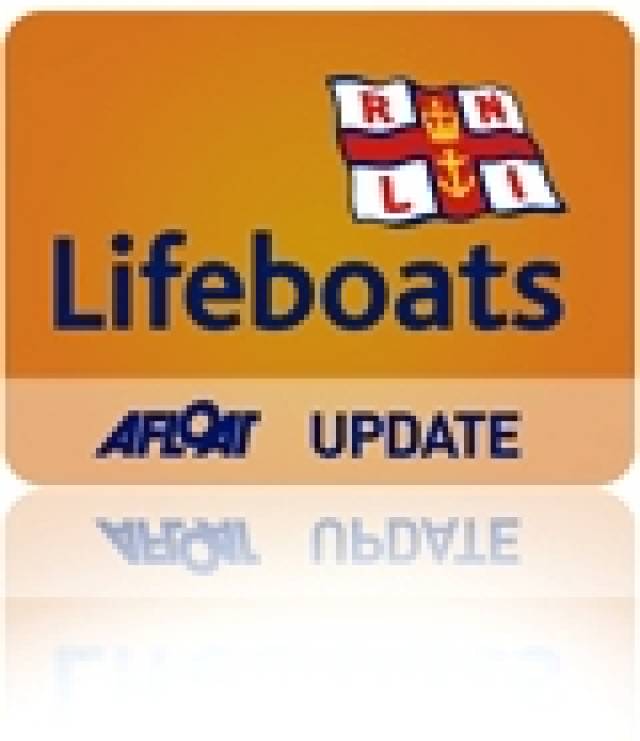#RNLI - The RNLI is currently recruiting lifeguards to work on 10 Northern Ireland beaches for the forthcoming season including seven beaches along the Causeway Coast.
The successful candidates will become part of the RNLI’s beach lifeguard team who will monitor and advise the public of any dangers or hazards and carry out rescues.
The charity provides a seasonal service on seven beaches along the Causeway Coast including Benone, Downhill, Castlerock, Portstewart Strand, Portrush West Bay & East Strand and Whiterocks.
This is the third year the lifeboat charity’s lifeguards have provided a lifeguard service in Northern Ireland, offering beach-goers and water users a seamless rescue service from the beach to open sea working alongside RNLI lifeboats.
The closing date for applicants is Sunday 17 February 2013. A detailed description of the RNLI lifeguard role is available at www.rnli.org/lifeguards.
A key part of an RNLI lifeguard's job is to spot dangers before they develop, and 95% of their role is preventative. Their presence on the beach provides reassurance to the public while also offering any help or advice to help people enjoy their beach experience in a safe environment.
To many beach users they are a reassuring presence but they also carry out many other important functions. They assess the conditions on the beach and place zone flags and warning signs to advise the public. They carry out rescues to help people who have got into difficulty in the water or who need assistance. They also provide first aid, help with lost children, give advice, report hazards, and assist with beach safety and education programmes. They train and preform to their duties to the highest RNLI standards.
The RNLI has about 50 positions available and many former lifeguards are expected to return for the new season. However, there are a number of positions vacant and the charity would like to hear from interested people. The minimum age for applicants is 16 years and candidates must have a high level of fitness.
Mike Grocott, RNLI lifeguard manager for Northern Ireland, said: “RNLI lifeguards are a vital part of the charity’s lifesaving service. Last year they dealt with 126 incidents and assisted 142 people on the Causeway Coast.
"It is a fantastic opportunity for people to do a job that is both fulfilling and enjoyable. Our lifeguards speak to hundreds of people over the course of the season and get the opportunity to do something important and rewarding in the community.
"The ideal applicant will already hold an International Lifesaving Approved Beach Lifeguard Award but if candidates need to get qualified we can put them in touch with local providers of courses.”
Limavady and Coleraine Councils along with the National Trust provide funding towards the lifeguards’ wages while the RNLI funds the training and equipment.
































































